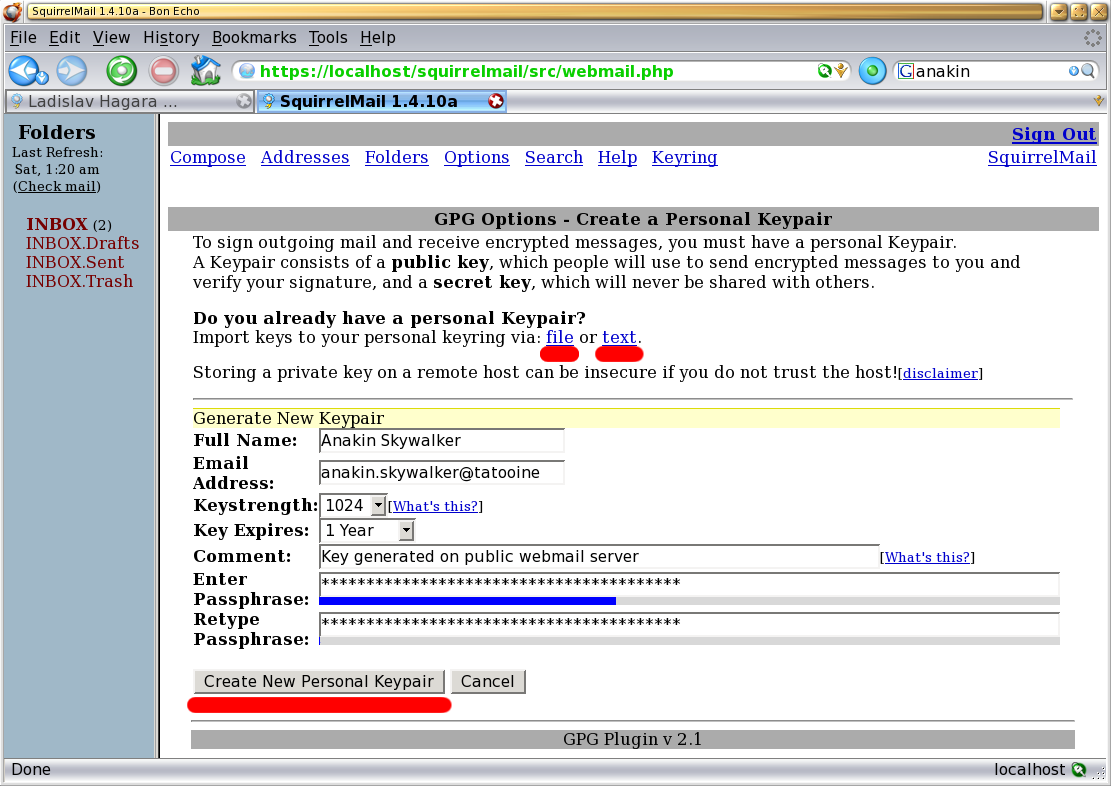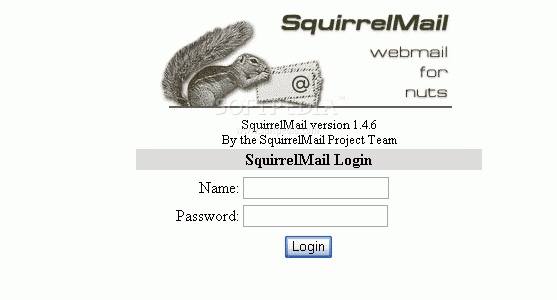

Otherwise, adjust the Domain, IMAP, and SMTP settings to match the mail server you want to connect to. If your mail server is on the same Linode as your SquirrelMail installation, you may not need to make any adjustments to the default settings. Press 2 to bring up the Server Settings submenu: The only settings required to make SquirrelMail work are the Server Settings. There are many options to adjust here too many for the scope of this guide. Launch the squirrelmail-configure application with the command: sudo squirrelmail-configure SquirrelMail provides a tool called squirrelmail-configure, which provides an interactive interface which edits the /etc/squirrelmail/config.php file for you with the input you provide. You should now be able to see SquirrelMail’s default login page in your browser after navigating to your Linode’s IP address:īefore using SquirrelMail for the first time, it needs to be configured to access your mail server. Reload Apache with the following command: sudo service apache2 reload If you’re running Apache solely for SquirrelMail, you may still want to remove the default virtual host from sites-enabled.Īdd a symbolic link to this file in the sites-enabled folder: sudo ln -s /etc/apache2/sites-available/squirrelmail /etc/apache2/sites-enabled/ If Apache is serving other virtual hosts you may need to adjust them and/or this file to prevent any conflicts. # RewriteEngine on # RewriteCond % !^on$ # RewriteRule. Consult the apache documentation if # you're unsure, as this example might not work everywhere. # redirect to https when available (thanks # Note: There are multiple ways to do this, and which one is suitable for # your site's configuration depends. # access to configtest is limited by default to prevent information leak order deny,allowĭeny from all allow from 127.0.0.1 # users will prefer a simple URL like DocumentRoot /usr/share/squirrelmail ServerName php_flag register_globals off DirectoryIndex index.php Edit the IP and ServerName to match your Linode and/or domain settings: sudo nano /etc/apache2/sites-available/squirrelmailĪlias /squirrelmail /usr/share/squirrelmail Options FollowSymLinks Copy this configuration file into your sites-available folder with the command: sudo cp /etc/squirrelmail/nf /etc/apache2/sites-available/nfĮdit the configuration file to uncomment the block by removing the pound symbol ( #), as shown below. SquirrelMail provides a default configuration file for Apache in /etc/squirrelmail/nf. In this section we will take the default configuration file from SquirrelMail, move it to the Apache directory, and configure it for use on our system.


Since SquirrelMail is accessed through a web server (Apache in this example), we need a virtual host configuration file to let the web server know where to display files from.
#Squirrelmail default login install
SquirrelMail is available in the Ubuntu repositories, so we can install it with: sudo apt-get install squirrelmail
#Squirrelmail default login update
We’ll begin by updating the system and installing SquirrelMail from the Ubuntu repositories.įirst, make sure your system is up to date by running the following commands: sudo apt-get update If you’re not familiar with the sudo command, you can check our Users and Privileges guide. Commands that require elevated privileges are prefixed with sudo. This guide is written for a non-root user.


 0 kommentar(er)
0 kommentar(er)
